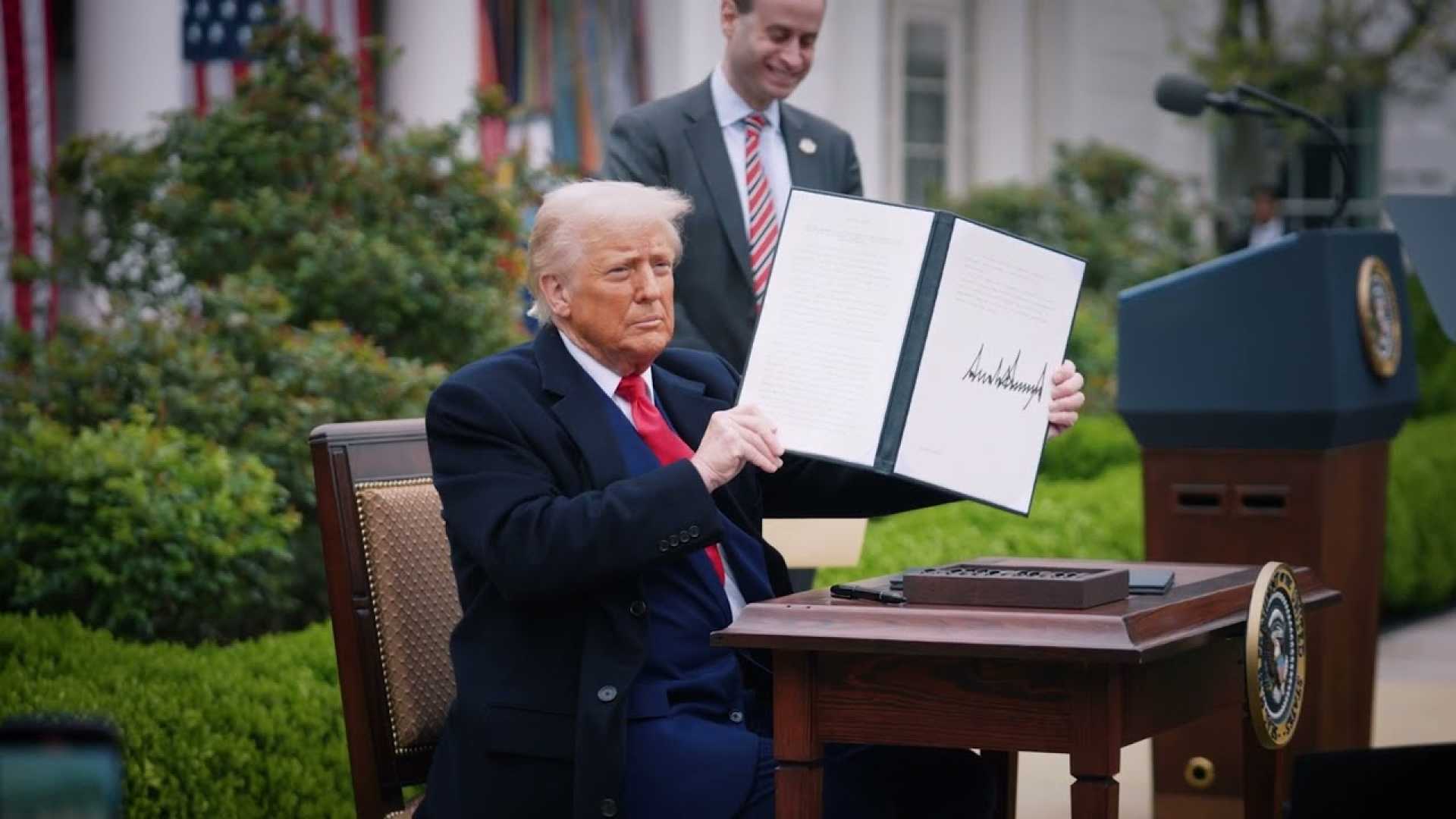Politics
Trump’s First 100 Days: A Bold Agenda Faces Uncertainty

Washington, D.C. — In the first 100 days of Donald Trump’s second term, the president has embarked on a whirlwind of policy changes that some are calling the most critical of any U.S. president this century. Since his inauguration, questions loomed over the direction of his administration, but it is now clear that Trump aims to reshape the economy, bureaucracy, culture, foreign policy, and even the essence of American identity.
This ambitious agenda raises the crucial question for the next 1,361 days: Will Trump succeed? His leadership style, marked by high-profile decisions and rapid shifts, keeps both supporters and skeptics on their toes.
On April 22, Trump hinted he would not replace Jerome Powell, the chairman of the Federal Reserve, despite having threatened to do so earlier in the week. The unpredictability of Trump’s economic policies may lead to questions about the independence of the central bank.
During a recent press conference in the White House Rose Garden, Trump invited former auto worker Brian Pannebecker from the United Auto Workers to highlight his administration’s focus on revitalizing American manufacturing. Pannebecker lamented the closure of numerous plants in Detroit, expressing hope that Trump’s policies would restore them. However, critics argue that the manufacturing jobs lost may not return in the same form, as the landscape of modern industry evolves.
Economic experts point to historical factors in the decline of U.S. manufacturing, including globalization and changes brought by trade agreements such as the North American Free Trade Agreement (NAFTA) and the formation of the World Trade Organization (WTO). This shifting terrain has left regions like Detroit grappling with job loss.
Industry experts emphasize the emergence of Industry 4.0, characterized by smart factories and reliance on digital technologies, which could reshape manufacturing once again. The advent of technologies that prioritize efficiency and data management may favor countries that can harness these advancements, notably China.
As Trump pushes for reshoring jobs and cultivating domestic production, the tension between traditional manufacturing and the digitalized future presents a challenge. Many traditional jobs may remain in jeopardy, with new roles likely to demand higher skills and education levels. Critics warn that while manufacturing may return, it will not resemble the jobs that previous generations held.
Despite the obstacles, some companies are already beginning to shift their operations back to the U.S. Apple, TSMC, and Eli Lilly have announced plans to increase their production stateside, reflecting a potential trend driven by recent policy incentives.
Community leaders and former workers like Chris Vitale express concern that even if Trump’s agenda succeeds in bringing industry back, the scars of de-industrialization may remain. Vitale, a third-generation auto worker, noted the transformation of his community has left it feeling hollow.
The next few years will determine whether Trump’s vision can effectively address these deep-rooted issues in the American workforce and economy as he leads with both ambition and controversy.












